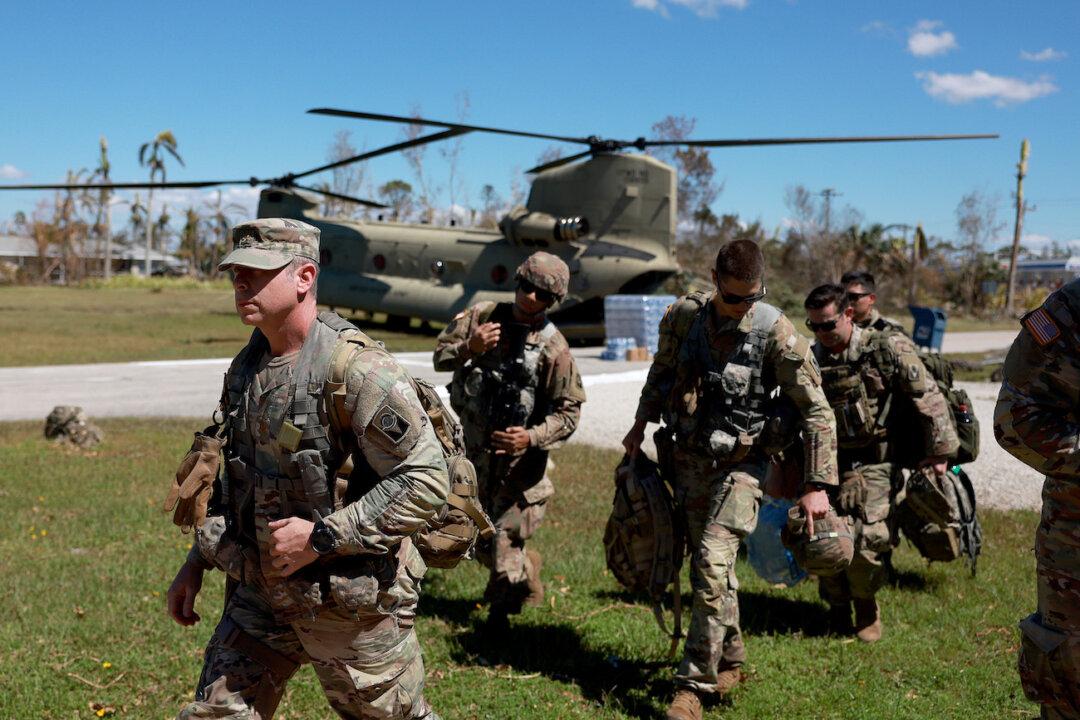The National Guard has lost about 7,500 members over the past year, and the ranks could dwindle even more because of potential future discharges of as many as 14,000 more troops amid the U.S. military’s COVID-19 vaccine mandate, according to reports.
The troop loss is due to more soldiers retiring or leaving the National Guard than are being added, officials told The Associated Press. They have cited challenges in recruiting, as well as how more soldiers are deciding against reenlisting when their tours of duty end.




